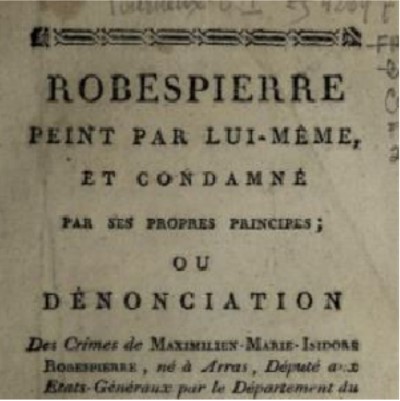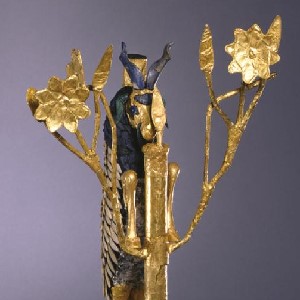Europe

Historiana
In the current age of more and more digital learning, the e-learning activities are undoubtedly a brilliant way to achieve higher level thinking in the classroom.
Newberry Library French Pamphlet Collection
Its thousands of documents provide users the opportunity to explore a critical period of French history and its global implications in high resolution.
Louvre Museum Official Website
The site promotes careful attention to the many angles of understanding for each piece: its material qualities, the artist’s background and motivation, larger artistic trends of the period, and the local and global historical context.
Digital Collections - Penn Museum
The digital collections of the Penn Museum are extensive and easily accessible through their online portal. Its written, visual, and audio sources invite many groups to explore world history by browsing its pieces.Age of Revolutions
Two features are particularly valuable for students and teachers: the thematic bibliography section and the ‘Teaching Revolutions’ section.Horace, “Cleopatra Ode”
Given Horace’s position in Emperor Augustus’ court, it is not surprising that his description of Cleopatra is wholly negative. This text relies on “sourcing” and an understanding of the author’s bias and motivation for a proper reading.
Antony’s Meeting with Cleopatra from “Life of Antony”
Cleopatra’s claim to the Egyptian throne very much resided in her relationship and alliance with Caesar. Upon his death in the Senate, Cleopatra had lost her guarantor. Antony’s arrival in Egypt provided a second opportunity for her to secure her throne through a powerful alliance.
Cleopatra’s Meeting with Caesar
Cassius Dio’s history of the meeting between Cleopatra and Julius Caesar uses powerful word-choice to develop a characterization of the female Egyptian ruler. After Pompey’s assassination, Cleopatra immediately develops a scheme to ally with Caesar.
Advice to Bride and Groom (versus 14 and 18)
Plutarch’s Advice to a Bride and Groom reveals the author’s views that submissiveness is the proper behavior for a Roman patrician’s wife, which reflects the general gender norm of ancient Roman culture.
Short Teaching Module: Cleopatra, Gender, Beauty and Power in Egypt and Rome
Our most important early sources on Cleopatra are Roman histories, which are problematic in their reliability. Cleopatra held the status as the “enemy” for Romans, which created a bias among Roman authors. Moreover, Rome’s patriarchal culture influenced writers’ views of a powerful female ruler.